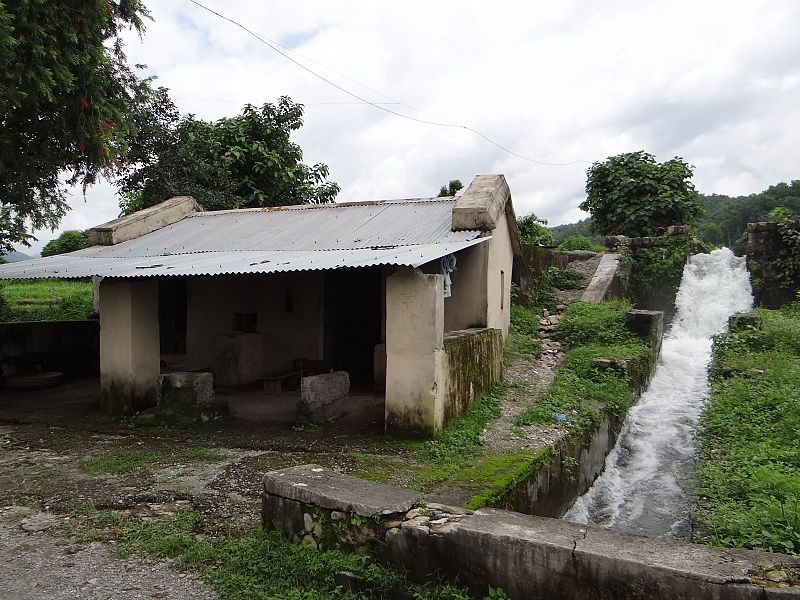This project aims to improve the traditional water mills by replacing wooden equipment in order to make them more efficient and to demonstrate the importance of the technology in the mountainous region. Furthermore, the supply and demand gap of products (such as grains) processed by the water mills could be closed by efficient production and effective marketing.
 The mountainous state of Uttarakhand is well known for its rivers and streams, which are directly or indirectly fed by the surrounding Himalayan peaks. For many years, the inhabitants of these regions have been harnessing the river water for the supply of drinking water, irrigation, hydro power generation and other activities. There are an estimated 15,000 traditional water mills in the state of Uttarakhand, of which only 65% are in operation and 10% are reported to be totally defunct.
The specific objectives of the project are:
The mountainous state of Uttarakhand is well known for its rivers and streams, which are directly or indirectly fed by the surrounding Himalayan peaks. For many years, the inhabitants of these regions have been harnessing the river water for the supply of drinking water, irrigation, hydro power generation and other activities. There are an estimated 15,000 traditional water mills in the state of Uttarakhand, of which only 65% are in operation and 10% are reported to be totally defunct.
The specific objectives of the project are:
- To identify existing and potential livelihood activities that could use the mechanical and/or electrical output available from improved water mills in the district of Uttarakhand
- To facilitate capacity building and training for the owners of the selected water mills
- To facilitate the upgrading of the selected water mills
- To establish marketing opportunities for the products processed by the water mills
Projects with same technology
RISE - Rebuilding Infrastructure for Sustainable Energy Access
This project aims to contribute to the vision of “Building Back Better” to rebuild disaster-resilient communities by restoring sustainable energy access. The contribution will be in the form of the restoration of the earthquake-struck micro hydro systems in order that the livelihood options for communities and individuals can be re-established.
Supporting creation and expansion of energy SMEs in mountainous areas of Pakistan
Projects in same country
Empowering Rural Entrepreneurs in India
The project aims to demonstrate the viability of a hybrid hydro power plant consisting of a hydrokinetic turbine and photovoltaic panels to power a local rice and flour mill, while also enhancing the population’s wellbeing (e.g. by improved lighting).
Powering a village sustainably: generating electricity from waste-based biogas
To facilitate access to electricity in rural communities through community enterprises that generate electricity by using local sources.